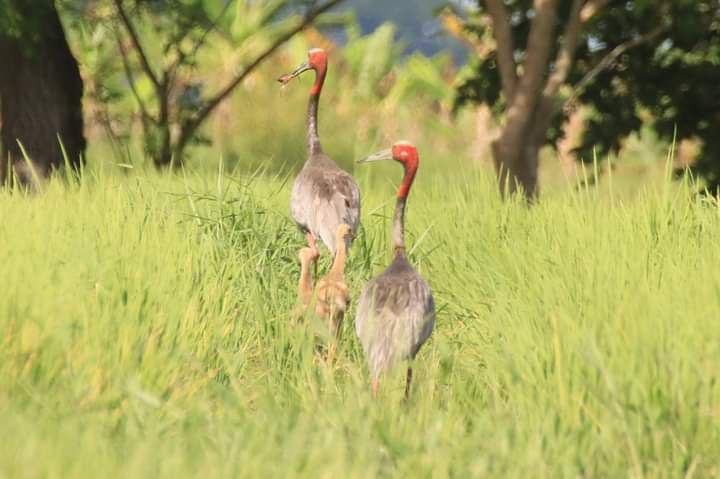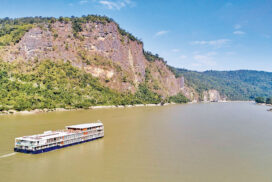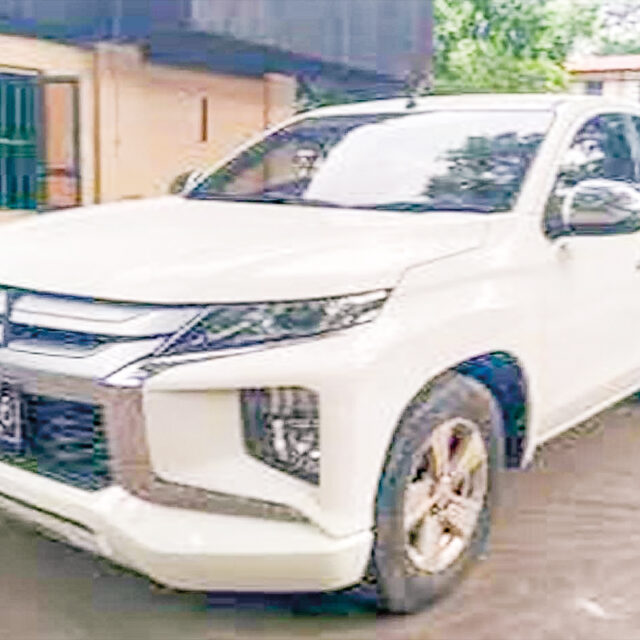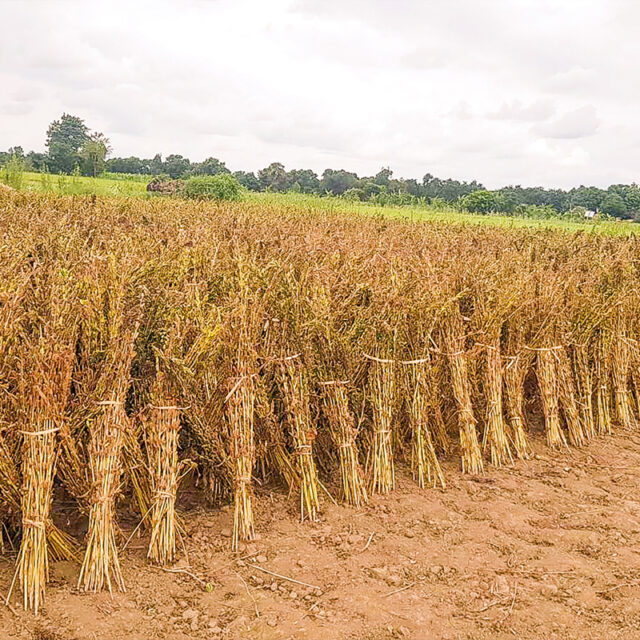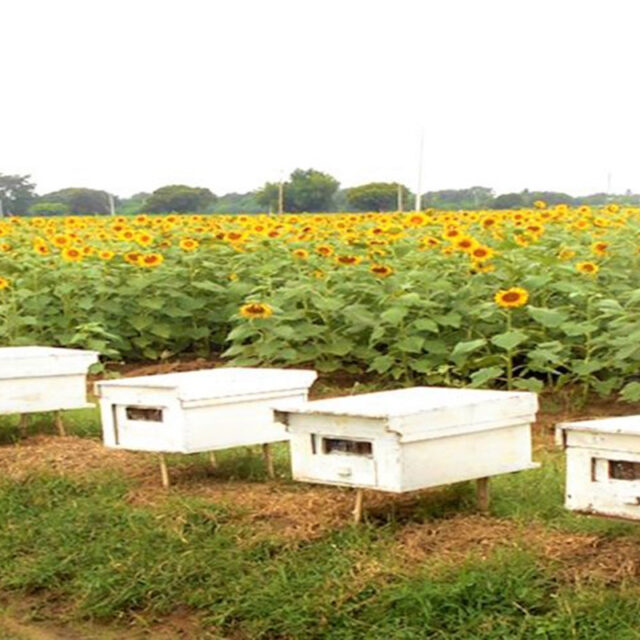The Ayeyawady Region has the highest number of sarus cranes and they have been facing challenges for sustainable survival, according to the Kyonekapyin-Tapseik Wildlife Conservation Group (KTCG).
The sarus crane is a year-roundlives resident in Myanmar, and they were recorded in Kachin State, Shan State, Bago, Ayeyawady, Yangon Regions and Rakhine State. The largest habitat of these cranes is Ayeyawady delta region, and they are widespread in 14 townships of Ayeyawady Region, the group said.
In Wakema Township, the largest number of sarus cranes live and they have great cultural ties to the local people, according to the statement. Sarus cranes build nests in the rainy season and lay eggs only once a year, usually laying one to two eggs. The KTCG has started yearly data collection on these cranes since 2018.

“On the other hand, there are also threats to sarus cranes. According to the annual data review, threats to the sarus cranes are increasing year by year. Among these threats, habitat loss and nest destruction are major challenges for the long-term survival of these cranes,” the group said.
KTCG also urged that the cooperative participation of local residents is a more effective and successful method for conservation.
MT/ZN
